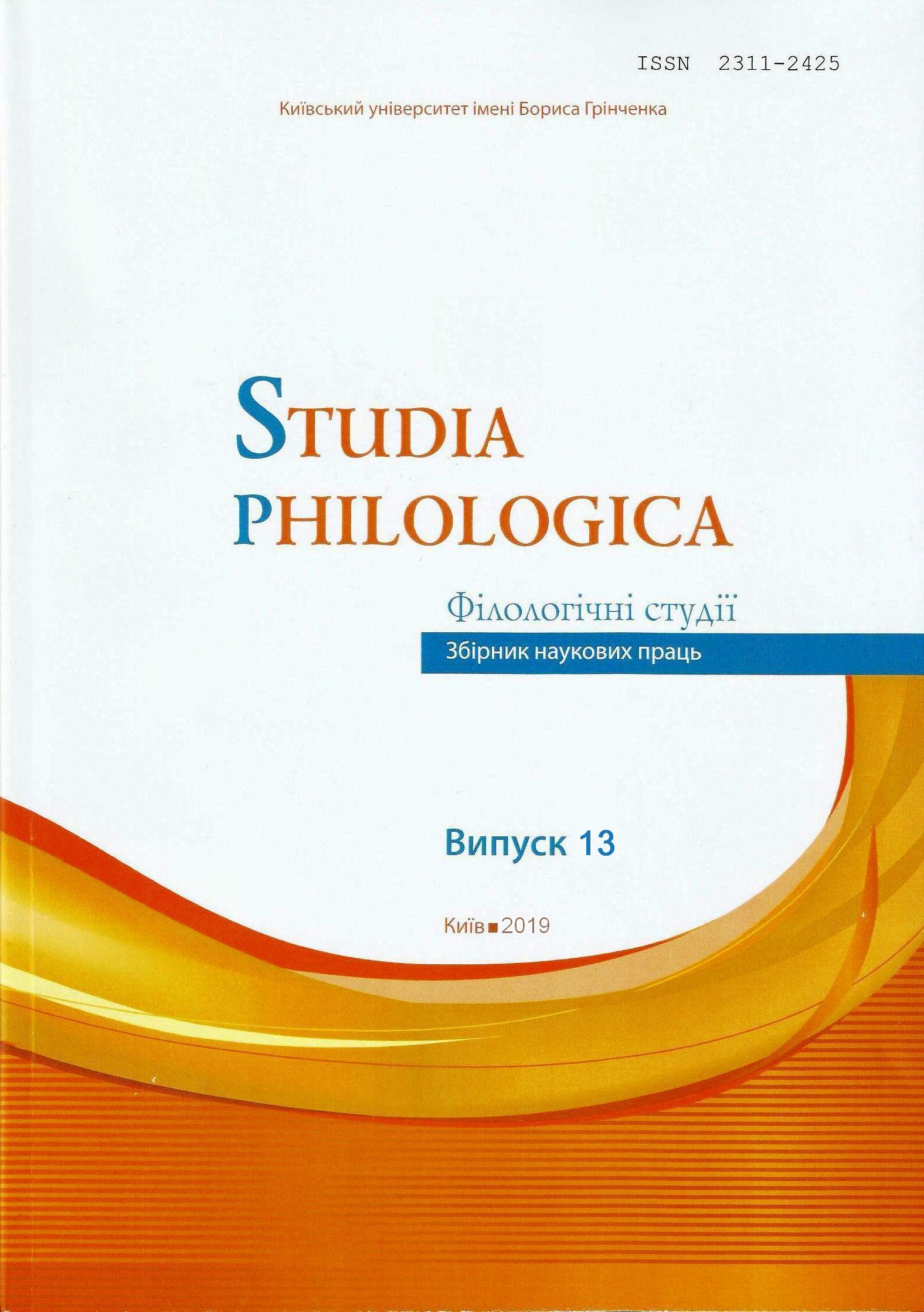КОГЕЗИВНІ ЗВ’ЯЗКИ У ТЕКСТІ КАРЛА САГАНА ‘PALE BLUE DOT’
DOI:
https://doi.org/10.28925/2311-2425.2019.13.7Анотація
На матеріалі тексту Карла Сагана ‘Pale Blue Dot’ досліджується специфіка використання когезивних засобів сучасної англійської мови. У статті розкрито механізм створення зв’язності та описано типи когезивних зв’язків, причетних до аранжування цього тексту. Встановлено, що основне смислове та архітектонічне навантаження відведено контактним лексичним когезивним зв’язкам: опозитивній, антонімічній, синонімічній реітерації. Дистантна реітерація є лейтмотивною і представляє собою або матеріально тотожний повтор, або колокації. Граматичні когезивні зв’язки (координативні сполучники і паралельні конструкції) виконують другорядну роль.
Ключові слова: дистантні повтори, зв’язність, когезія, принципи текстуальності, реітерація.


